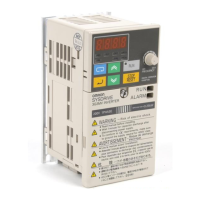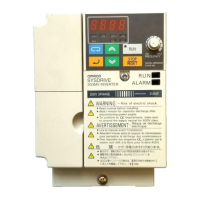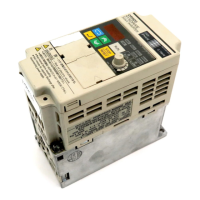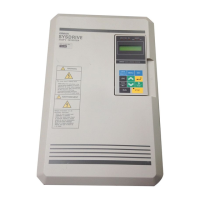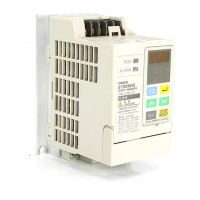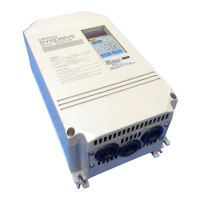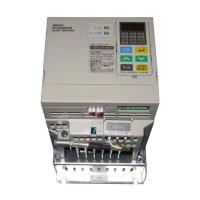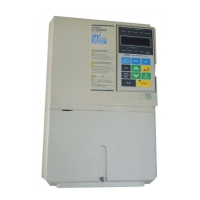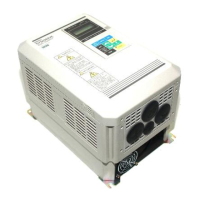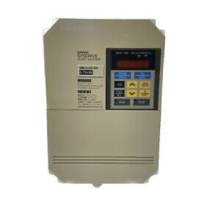How to fix overcurrent (OC) error on Omron Inverter?
- AalvarezjuanAug 20, 2025
If your Omron Inverter displays an overcurrent (OC) error, it indicates a potential issue. This could be due to a short-circuit or ground fault at the Inverter output, in which case you should check and correct the motor power cable. It may also be caused by an incorrect V/f setting, so try reducing the V/f set voltage. If the motor capacity is too large for the Inverter, reduce the motor capacity to the maximum permissible. If the magnetic contactor on the output side of the Inverter has been opened and closed, rearrange the sequence so that the magnetic contactor will not open or close while the Inverter has current output. As a last resort, the output circuit of the Inverter may be damaged, requiring you to replace the Inverter.
